The Best Gift Ideas for Those Who Enjoy the Great Outdoors
Image courtesy of Pixabay
A Guest Blog by Patrick Young
Seeking the perfect present for a nature loving special someone? Look no further! Spotted Tail Fishing and Travel has found the best gift ideas for your outdoorsy loved one in your life.
Wanderlust
Does your nature lover combine the love of the great outdoors with a love of travel? Why not select a gift that combines both passions? Here are some ideas that marry the two hobbies beautifully:
●Framed maps. Maps from favored state parks and hiking trails can look really lovely in a frame. It’s a fantastic way to record where your loved one went, or the maps can signify eagerly anticipated bucket list trips.
●Bunting. Taking personalization a step further, a bunting made from maps or flags can be a highly individualized gift. Bits of lace or ribbon can feminize the look, tie with rope or twine for masculine appeal, or add an interesting washi tape that brings out your loved one’s sense of style.
●Keepsake box. Another fun use for those maps: decoupage them onto a box to store keepsakes and mementos. You can stencil your loved one’s initials onto the top for aneven more personalized touch, or attach a photo, token or other sentimental remembrance onto the lid.
●Shadow Box. Not feeling very crafty? If your nature lover is an angler, pull together various bits of ephemera, like fishing lures, fishing tour receipts, and the like, and sift them together into a display. It’ll look attractive on the mantel or shelf, and your loved one will enjoy revisiting the memories now and then.
Other explorations
Many outdoors enthusiasts prefer to navigate nature close to home, or are simply well-suited with other kinds of presents. Fear not – we found terrific options to tailor to those tastes, too.
● Nature photograph. Redfin reminds us that adding touches of Mother Nature in the home can offer a mood boost and a dose of stress relief. Give your loved one a framed print of their favorite fishing trip, state park or ocean view.
● Fishing book. If your angler lives in Florida or visits there often, the “Fishing Florida by Paddle- An Angler’s Guide” by John Kumiski makes a great holiday gift. Filled suggested journeys via paddle craft, your loved one will have plenty of trips to plan for.
● Naturalist’s Notebook. Collecting field notes and observations is an interesting and fun way for nature lovers to explore and revisit their journeys. This five-year journal offers guidance for the sorts of experiences one might record, such as the first birdsong of spring and sightings of butterflies, along with illustrations and a calendar format. Campers, hikers, hunters and gardeners are sure to love this beautiful book. Attractive and inspirational, “The Naturalist’s Notebook” is available from Storey.com.
● Tent. For those who enjoy camping at the edges of trails, in the backyard, or deep in the forest, a good tent is a must-have. The “Big Agnes Copper Spur HV UL3 Tent” offers a three-person, three-season shelter and is lightweight. Available from REI.com.
● Knife. A good knife is indispensable for most outdoor adventures. The experts at Gear Junkie recommend Gerber Curve Multi-Chain Tool for affordability and good quality. Comfortable, well-made and handy, it’s ready to go along for any excursion your loved one plans. Available at Amazon.
● Water. Access to clean water is not only a convenience but important for safety during outdoor treks. Provide your loved one with this basic essential by gifting the “LifeStraw Go Water Filter Bottle.” The built-in filter removes more than 99% of bacteria and parasites. Available from Amazon.com.
Finding that perfect present just got easier! Whether creative and inspirational or practical and hardworking, you’ll find something that fuels your nature lover’s dreams. Whatever your loved one’s passion is, we’ve got you covered!
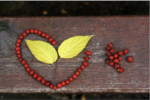
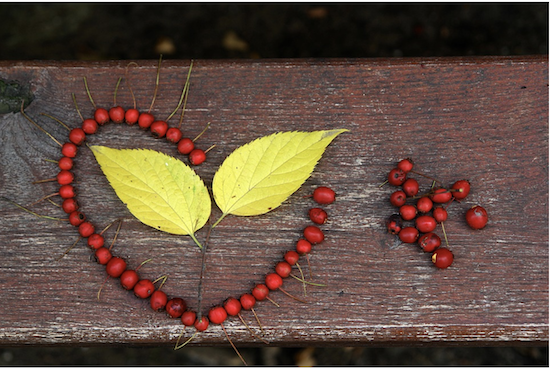

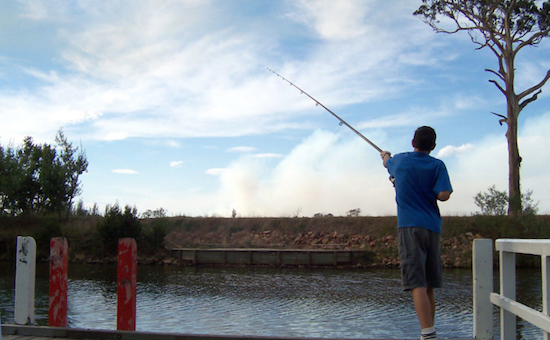
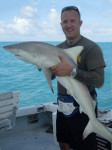
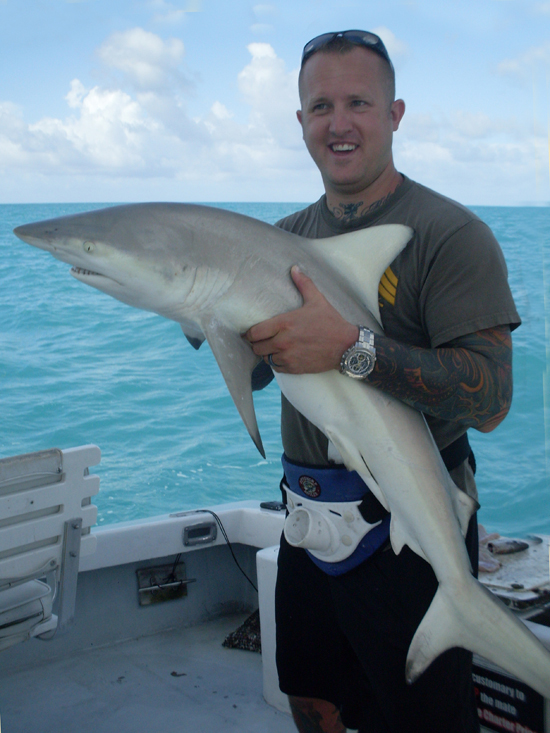
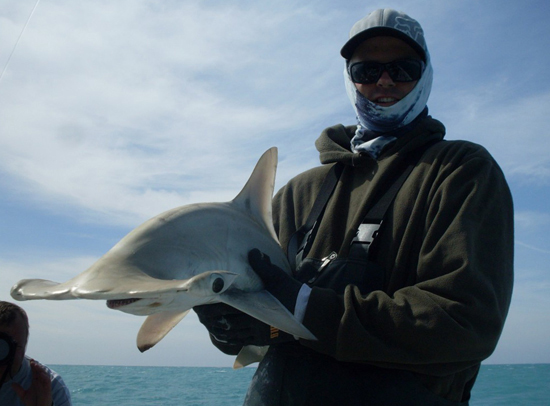
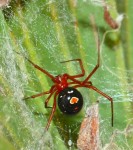




Recent Comments